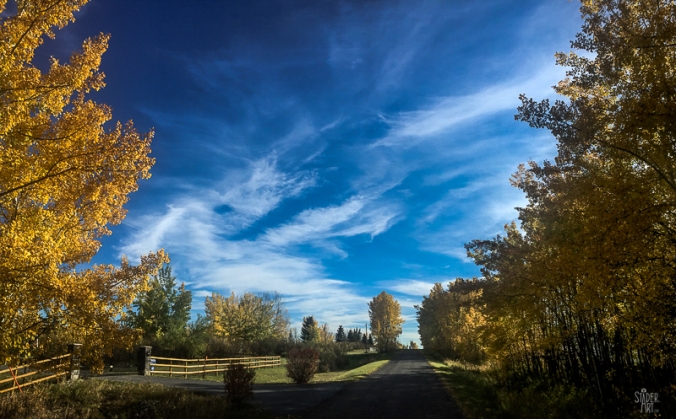
Acreage life near Spruce Meadows (Calgary, AB, Canada)
When one thinks about the rolling foothills around Spruce Meadows just southwest of Calgary, Alberta, thoughts of tranquility, beautiful horses, aspen forests, and lovely sunsets usually come to mind.
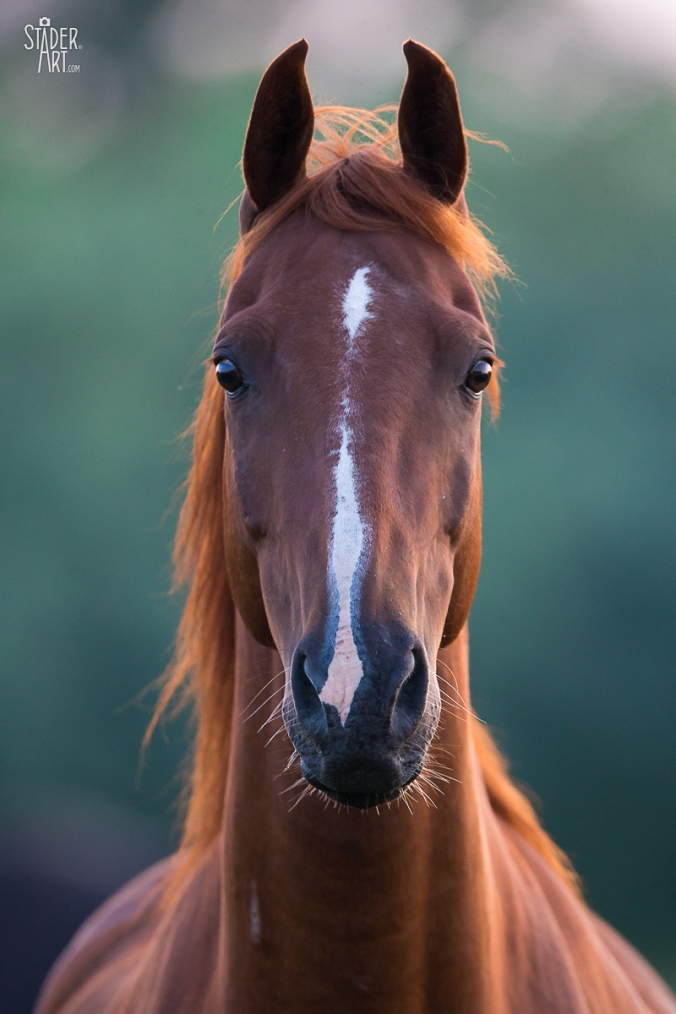
Horses and riding competitions – the quintessential image of Spruce Meadows
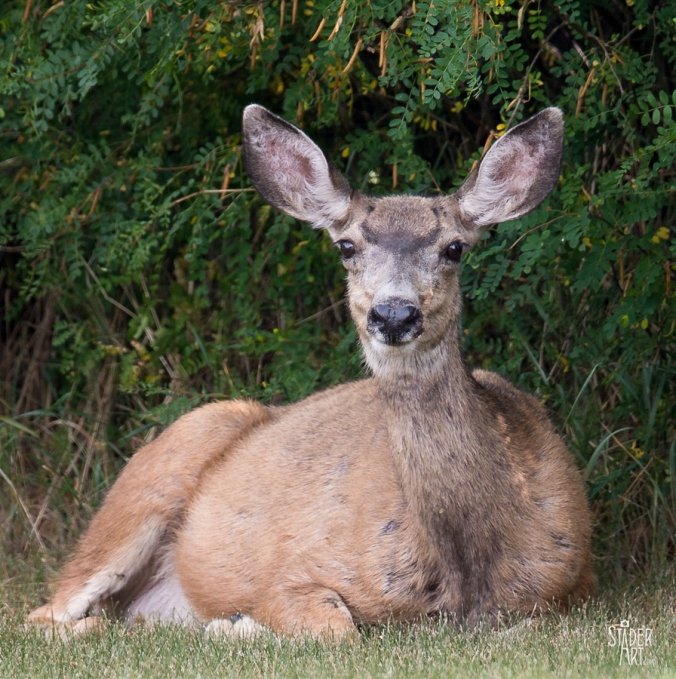
A Mule Deer lazes around the quiet acreage
We moved out to an acreage a few minutes from Spruce Meadows in February of this year. Life at the acreage has been phenomenal: wide open spaces, peace and quiet, clean fresh air, and plenty of awesome birds (to be fair, there are two things we do not like about the acreage: too much grass to mow and slow internet).
We had a nesting pair of Great Horned Owls, hundreds of Redpolls, Chickadees, Red and White Breasted nuthatches, Red Crossbills, nearly the full gamut of raptors, Bluebirds, Blue Jays, Mourning Doves, Red-winged Blackbirds, Brown-headed Cowbirds, House Finches, American Goldfinch, Tennessee Warblers, all kinds of Woodpeckers, Sparrows and much more.
We have been particularly blessed with a pair of nesting Blue Jays that reside in some trees very close to the acreage. We put up a number of bird feeders when we moved to the acreage in the winter and immediately the Blue Jays discovered the feeders. They have been entertaining us all year and they have been enjoying the peanuts immensely. We have really come to appreciate how smart these birds are.
We started in winter with three Blue Jays. A definite Blue Jay pair and a third one who doesn’t always stay with the pair, but we do see it quite often.
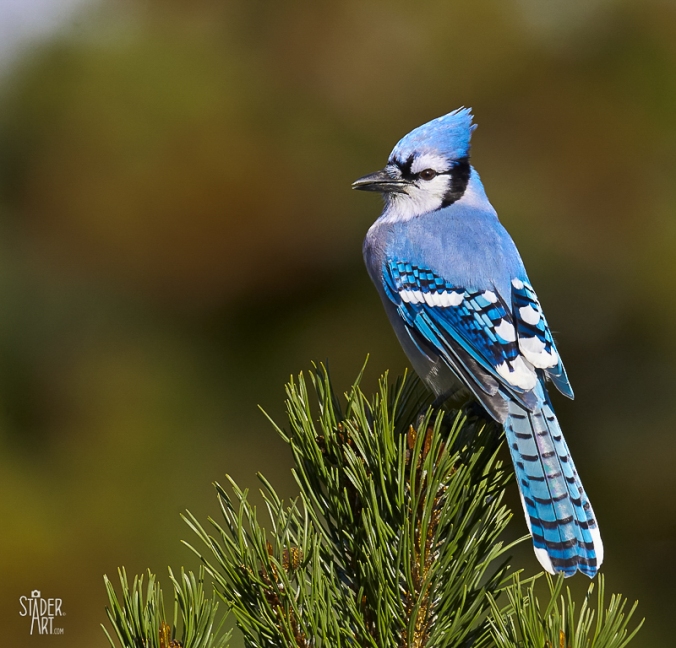
A Blue Jay surveys the environment from atop a Mugo Pine
Life was good at the acreage and we were enjoying our little piece of paradise. Until one day it began… the Siege at Spruce Meadows.
“It’s a bird, it’s a plane, it’s… a tiny hawk that appears in a blur of motion—and often disappears in a flurry of feathers.” Source: The Cornell Lab of Ornithology.
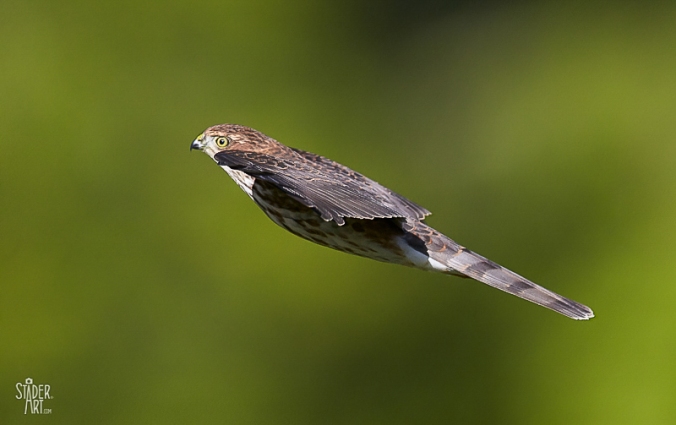
Sharp-shinned Hawk hunting in flight – a tough shot to get
One day, this Sharp-shinned Hawk showed up and turned everything upside down! This raptor is so fast and stealthy we didn’t even know what exactly we saw the first few times. It swept in low (2-3 ft off the ground) in a disorientating blur of speed. After many attempts to capture this daring acrobatic flier in flight, we finally did it!
For those that don’t know, Sharp-shinned Hawks are the smallest hawk in North America that eat other birds. Their job in the ecosystem is to cull weak or sick birds, keeping the rest of the population strong and healthy.
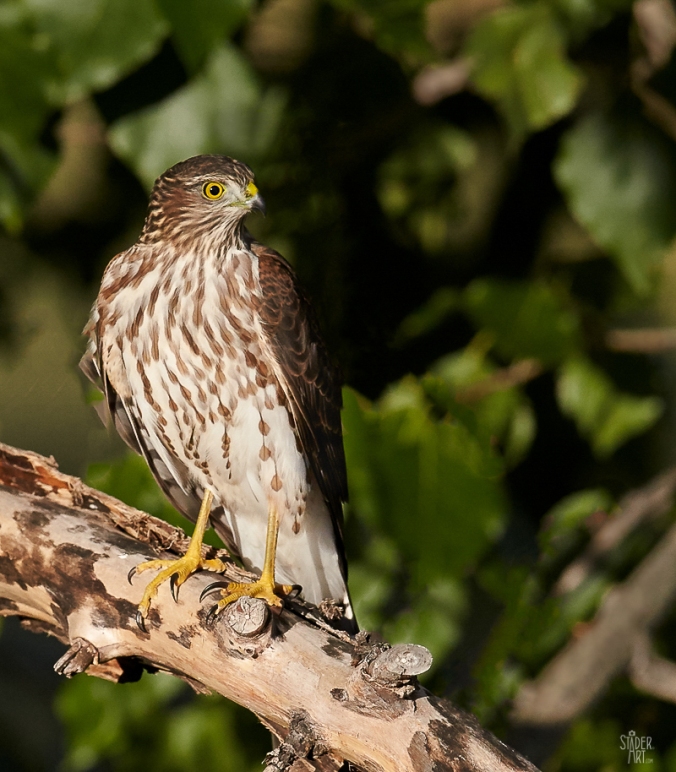
Juuveniles have different plumage. The eyes of sharpshins darken from yellow (in first-year birds) to orange, and then to red in older adults. In comparison to adults, juvenile hawks have brown upperparts, and cream-colored underparts that often are heavily streaked with reddish brown on the breast and belly.” Source: Hawk Mountain
“Songbirds make up about 90 percent of the Sharp-shinned Hawk’s diet. Birds the size of American Robins or smaller (especially warblers, sparrows, and thrushes) are the most frequent prey; bigger birds are at less risk, though they’re not completely safe. Studies report quail, shorebirds, doves, swifts, woodpeckers, and even falcons as prey. Sharp-shins also eat small rodents, such as mice and voles, and an occasional moth or grasshopper.” Source: The Cornell Lab of Ornithology.
This juvenile attacked any birds on our feeders without discrimination, scattering birds in all directions. At first, the feeders would remain abandoned for hours, but as more time went on, we noticed the song birds would return fairly quickly. It’s almost as if they were getting a knack for the attack! Usually this bird would show up for a couple of days and then disappear, but this time it decided to stay for a couple of weeks!
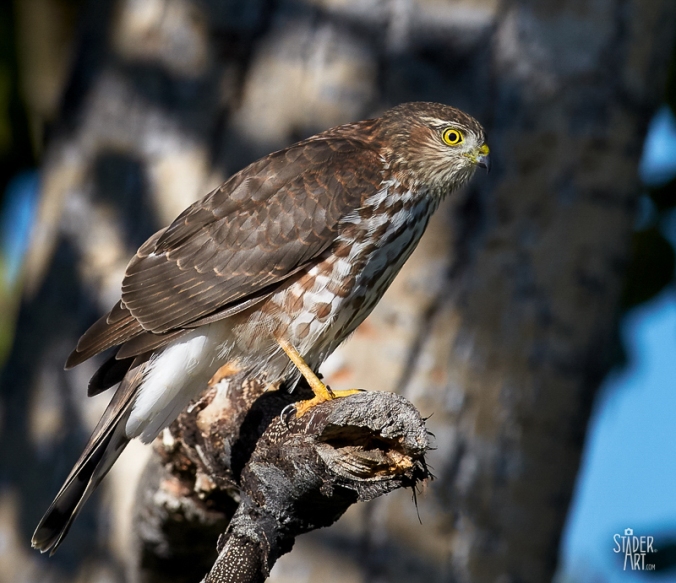
It was hard for us to watch even though it is part of the natural food chain. We have several Downey and Hairy Woodpeckers that visit our feeders regularly and we’ve grown somewhat attached to them. Our stomachs would turn when we saw the Sharp-shinned Hawk come near them. On one occasion, the hawk landed in a Mayday tree where a Downey Woodpecker had been feeding on a feeder directly below. We are not sure if the hawk saw the Downey because the Downey absolutely froze and it didn’t move a feather until the hawk left 20 minutes later!

One of our favourite male down woodpeckers
We are not sure what happened, but as the days wore on the Sharp-shinned Hawk started attacking anything and everything that moved! Was this juvenile desperately hungry???
It took pot shots at Magpies. It took pot shots at Crows.
It even terrorized our squirrels, including this one:
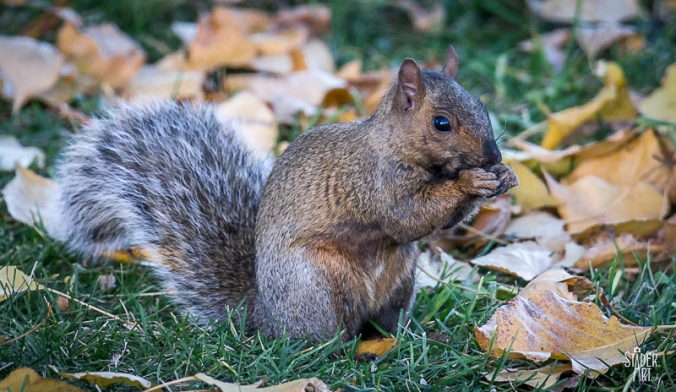
This squirrel withstood repeated attacks from the hawk!
However, the hawk didn’t seem genuinely interested in the squirrels and the squirrels somehow knew they were not really on the hawk’s menu. Perhaps the hawk was just using the squirrels as practice?
The hawk was relentless…
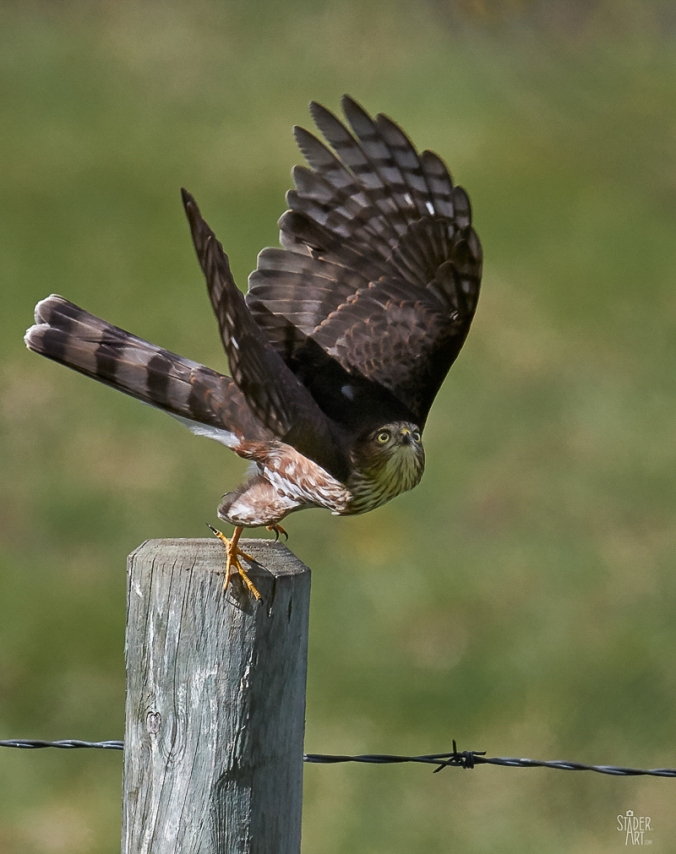
It showed up every morning at 7:00 am is if on schedule and stayed until the late afternoon. Watching, waiting… and attacking!
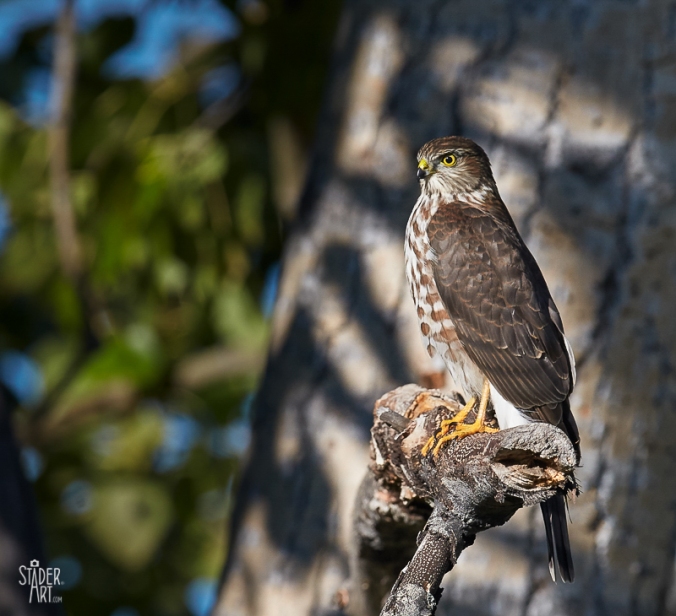
The real gut wrenching stuff was when this little hawk started attacking our resident Blue Jays. Our Blue Jay pair had two offspring and we had been watching them learn to feed and protect themselves all summer long. Were they experienced enough to survive an attack from the hawk?

The first few attacks on the Blue Jays were almost impossible to watch. The Blue Jays would fly for cover making the loudest squawking calls. The hawk would get within inches of the Jay and sometimes they would do acrobatics in the air until the Jay reached cover. What we learned is that Blue Jays are very, very smart birds and they seem to know their capabilities and limitations. They would receive an attack and fly for cover. The hawk would land in a tree, often the same tree, and a few minutes later the Jay would have the confidence to fly to the feeder for another peanut…or two! And then the cycle would repeat itself.
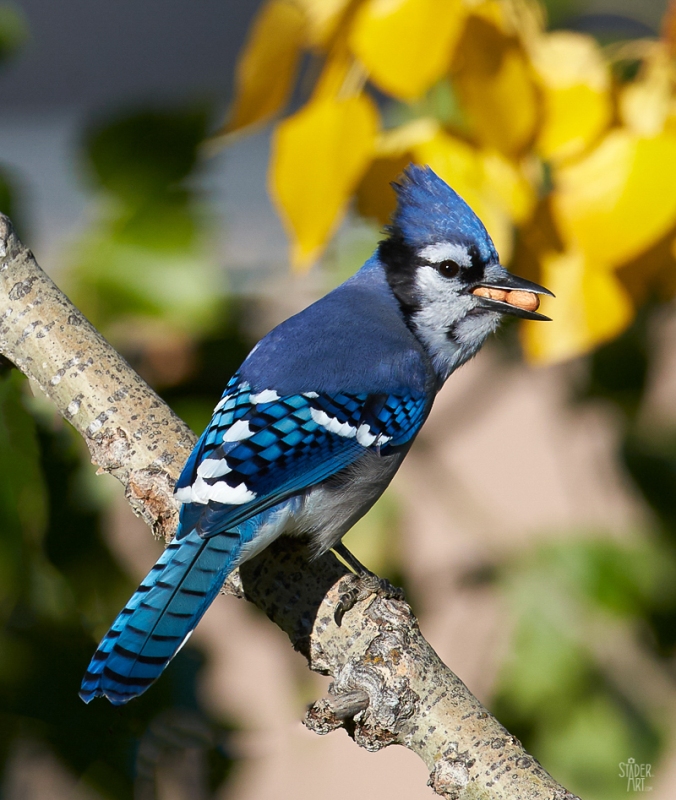
As time went on, we started to relax a little about the Sharp-shinned Hawk attacks on the Blue Jays. We would do an “inventory” count of our Jays and as long as we still had five jays, we knew none had been lost.
Not all birds were so lucky, however, We had two pair of Mourning Doves that frequented the acreage all year but one day we found a heap of feathers. At first we thought perhaps the hawk caught a Downey or Hairy Woodpecker, but we took a few feathers and identified them as a Mourning Dove on the internet. We also read that this raptor likes to “pluck” their prey before eating… and the feathers just happened to be piled up under a favourite perch.
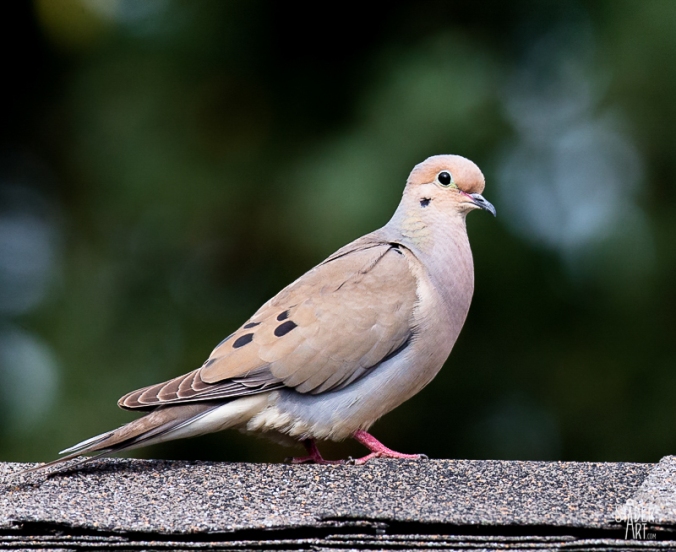
This mourning dove wasn’t as agile or lucky as the blue jays
Then suddenly one morning it all stopped as quickly as it began… the acreage was eerily silent… no high-pitched calls from the hawk, no blue jays or other birds…
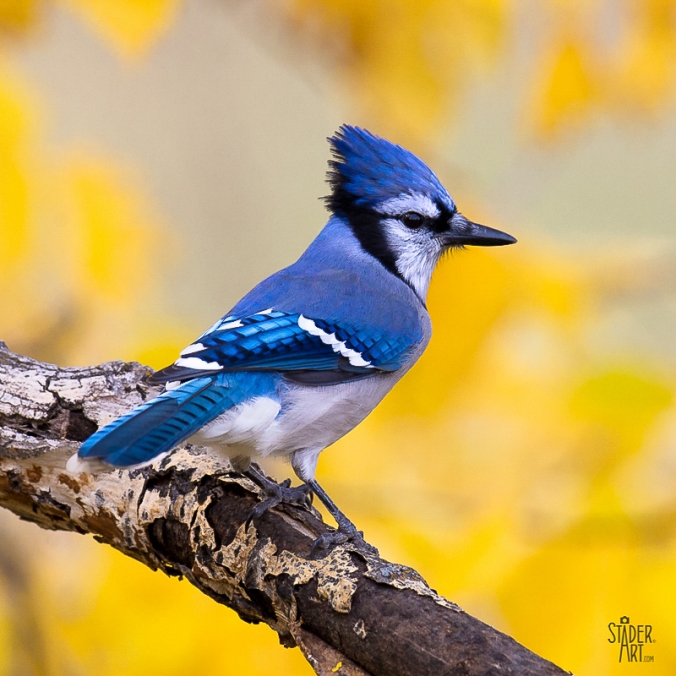
After looking through binoculars all morning we suddenly noticed a long, lean shadow soaring 8 ft off the ground… A new predator had come into the neighbourhood–a beautiful female Norther Harrier Hawk!

Female Northern Harrier Hawk perched on our fence
She only stayed for the day, but her presence was like the calvary coming to the rescue and breaking the Siege at Spruce Meadows, restoring calm after the storm!
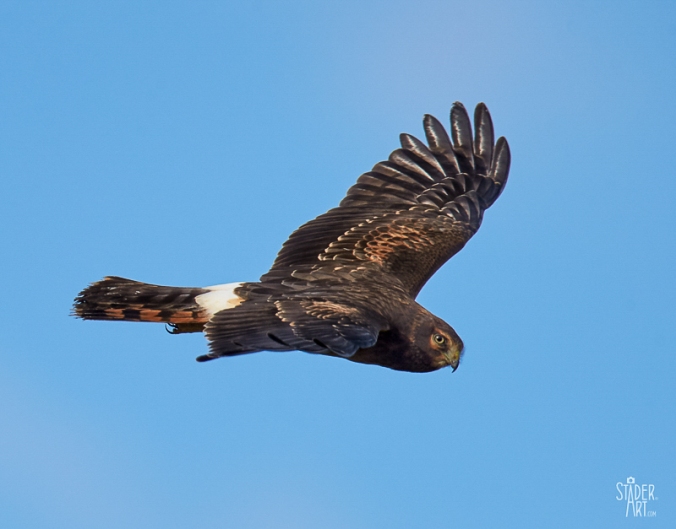
We hope you enjoyed the Siege of Spruce Meadows, thanks for reading and happy birding!
Ray & Marcy Stader


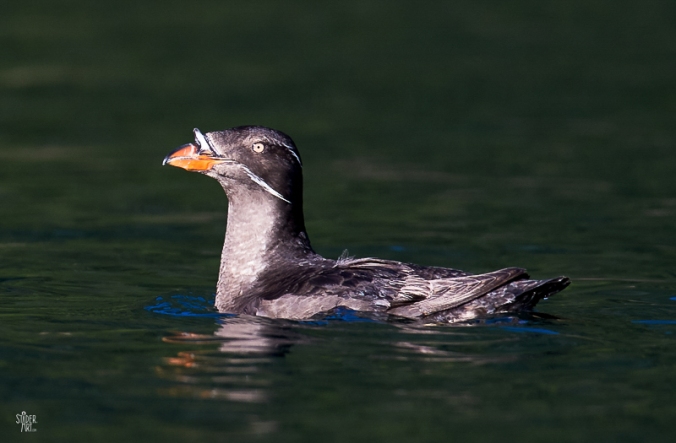



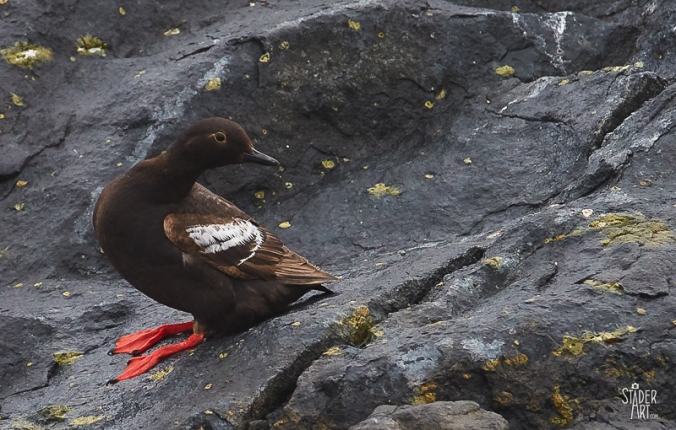







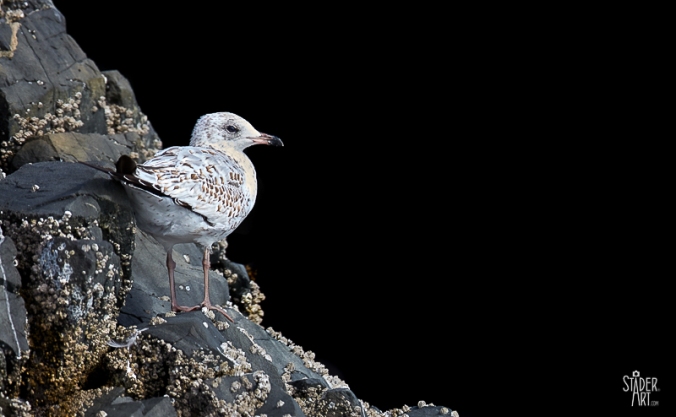
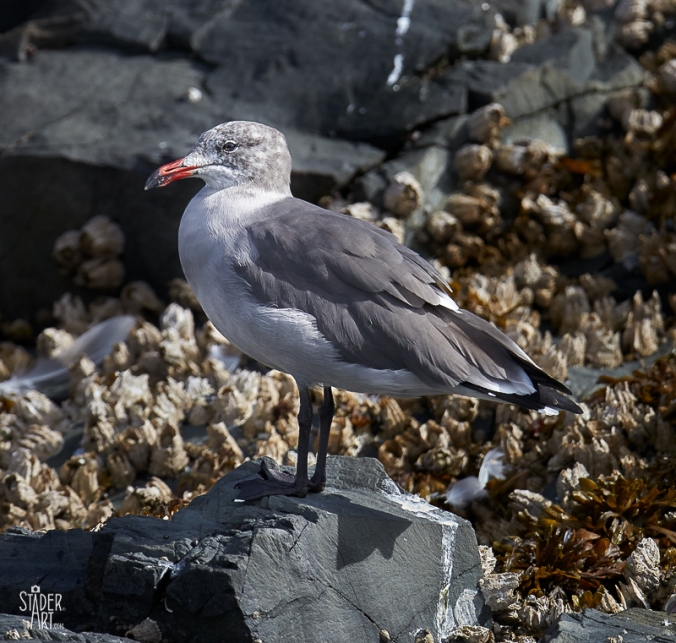


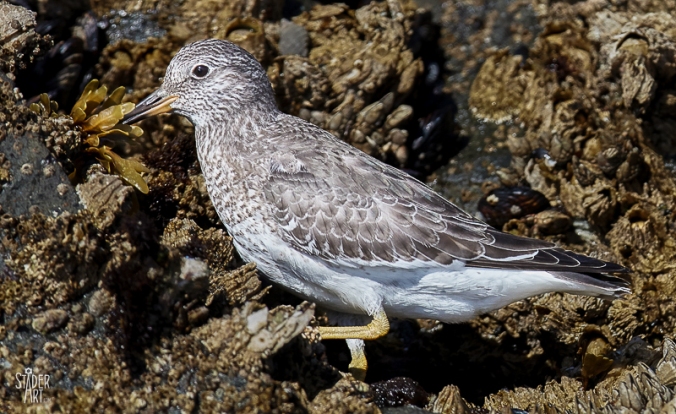

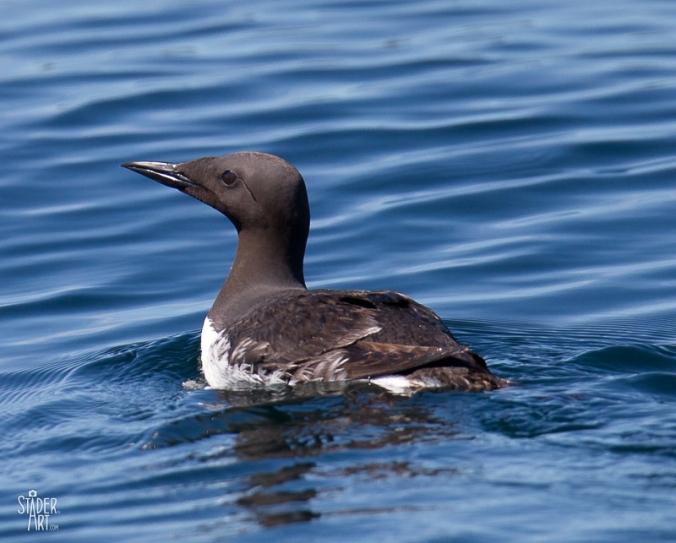
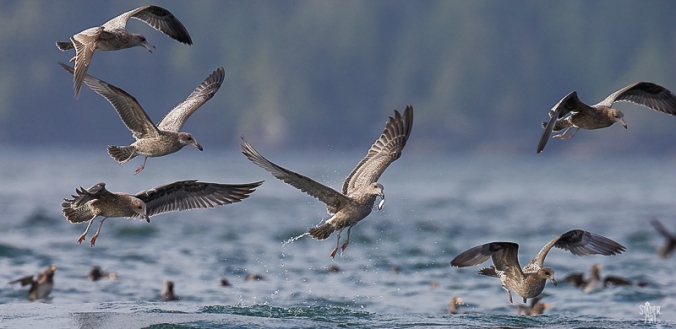



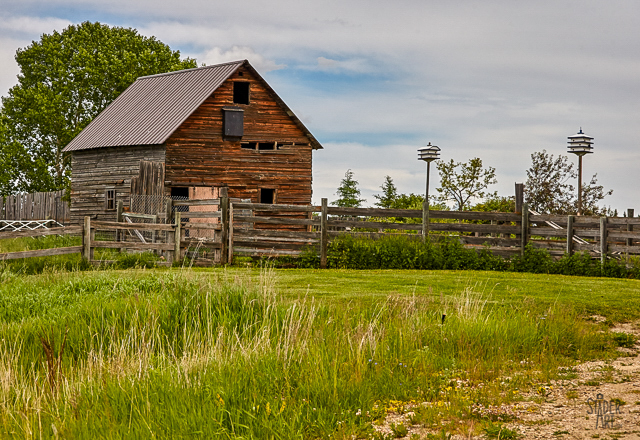
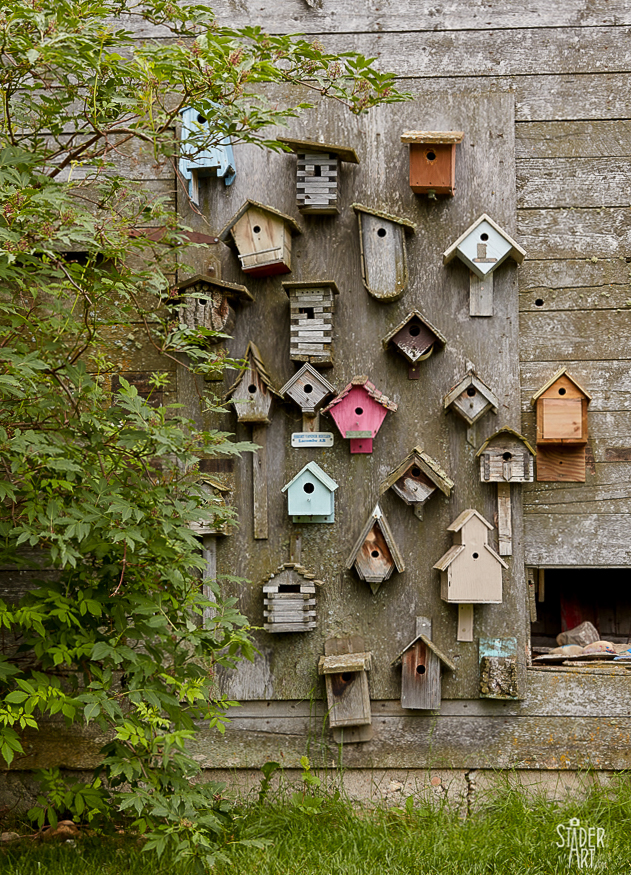

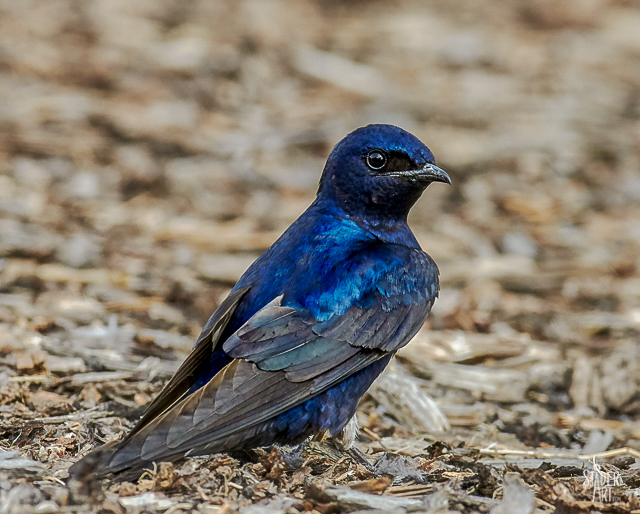
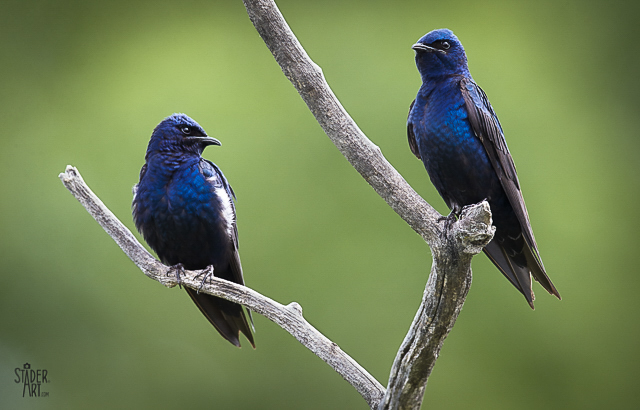


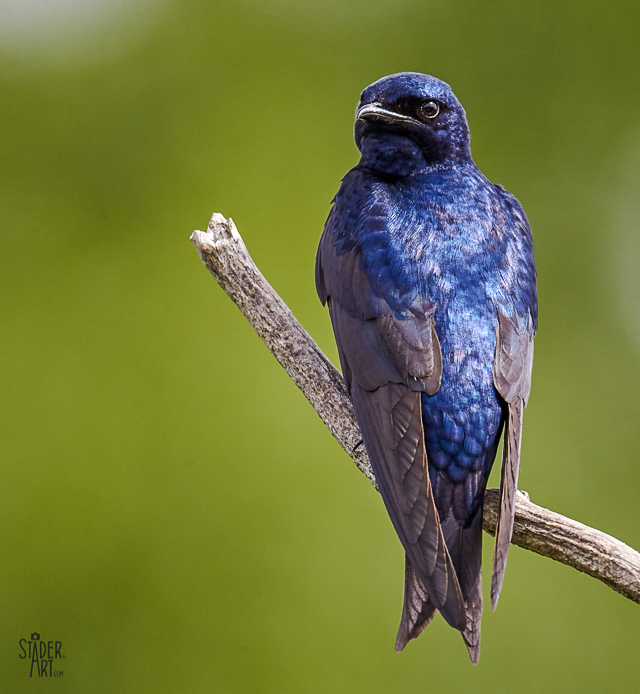



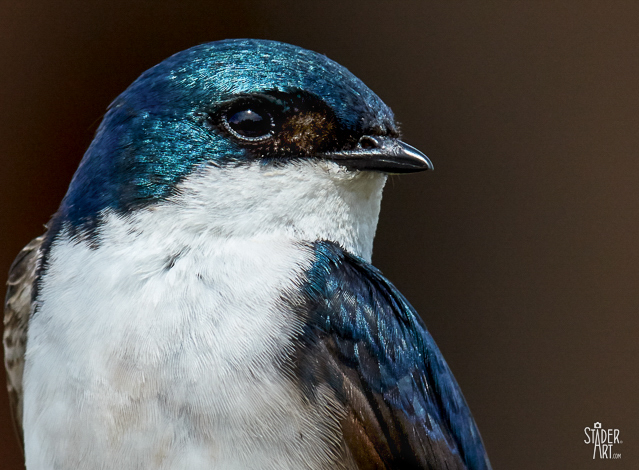
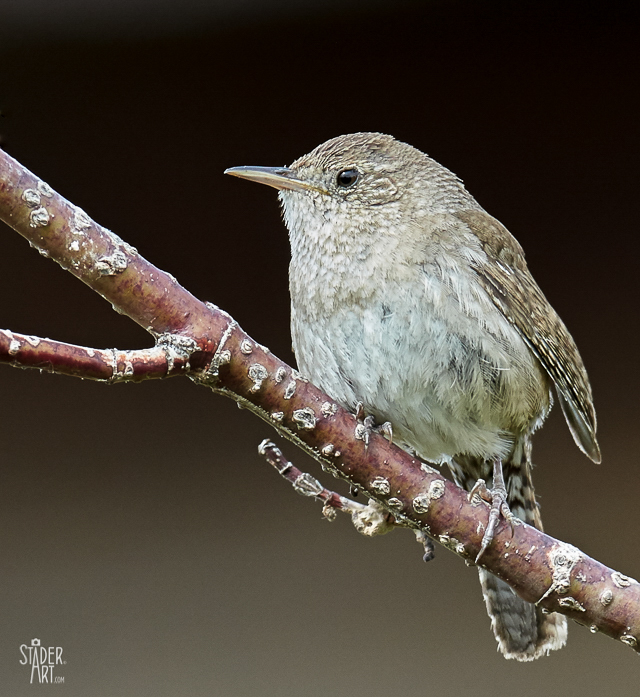
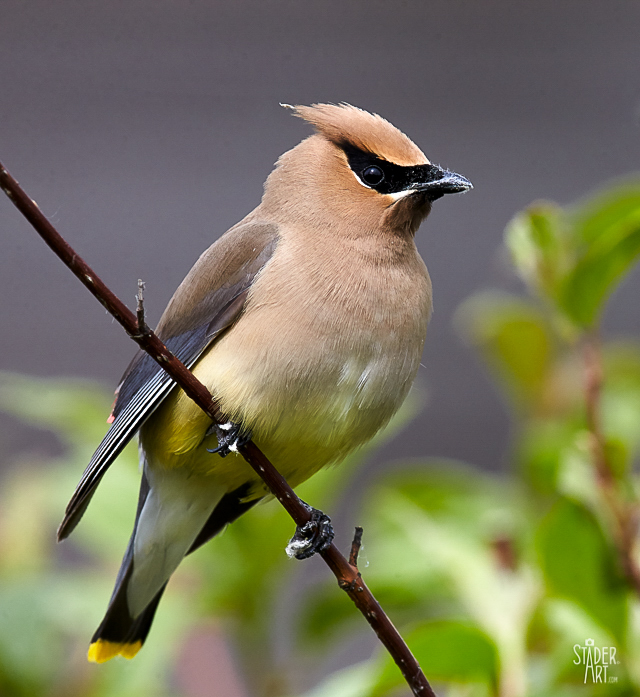
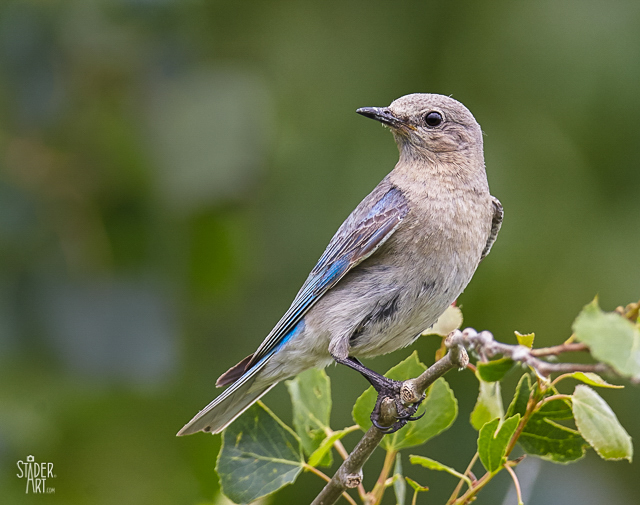




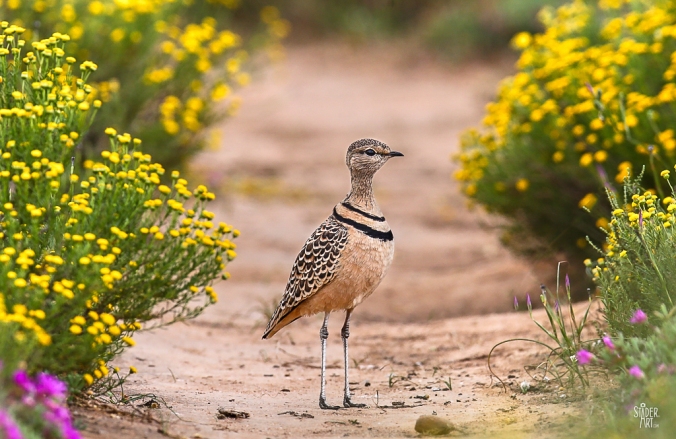
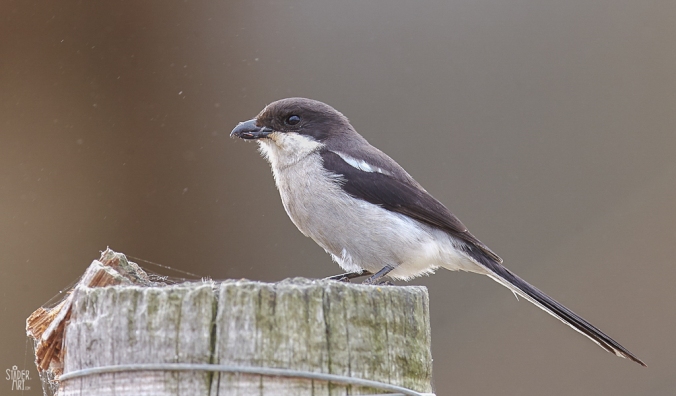

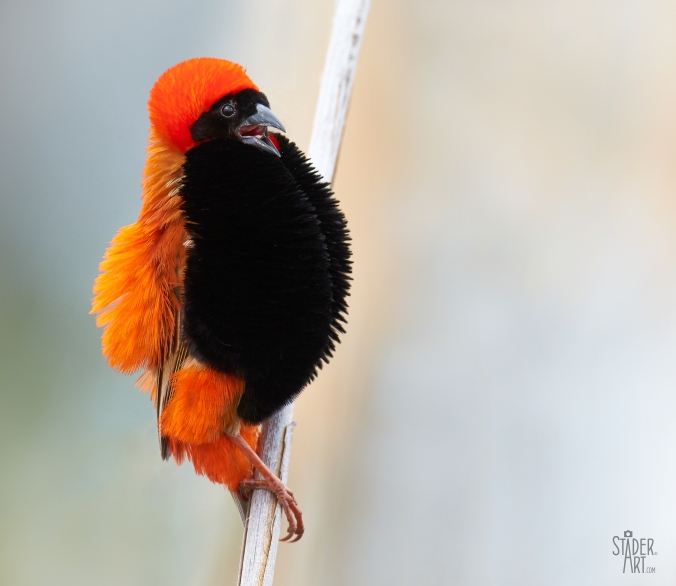
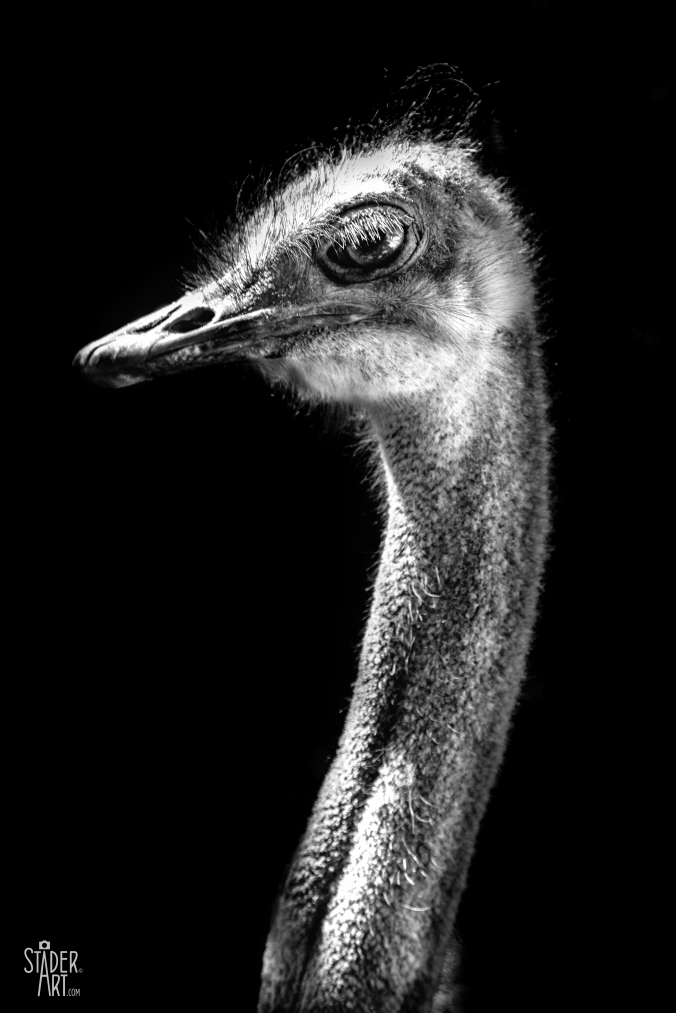
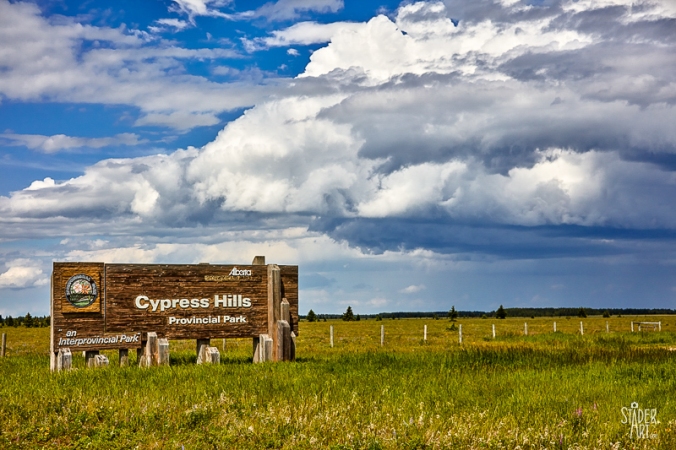
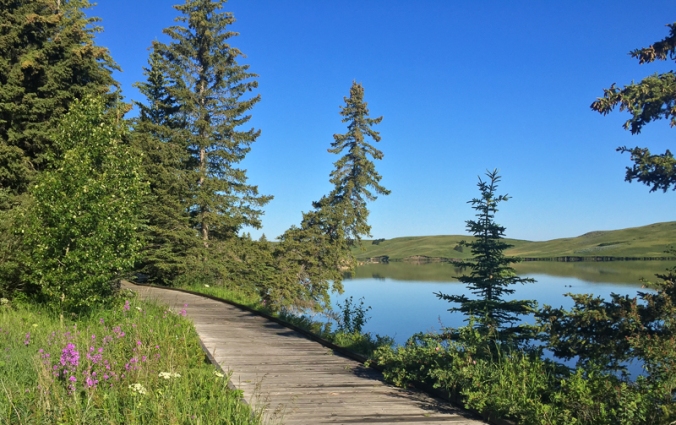

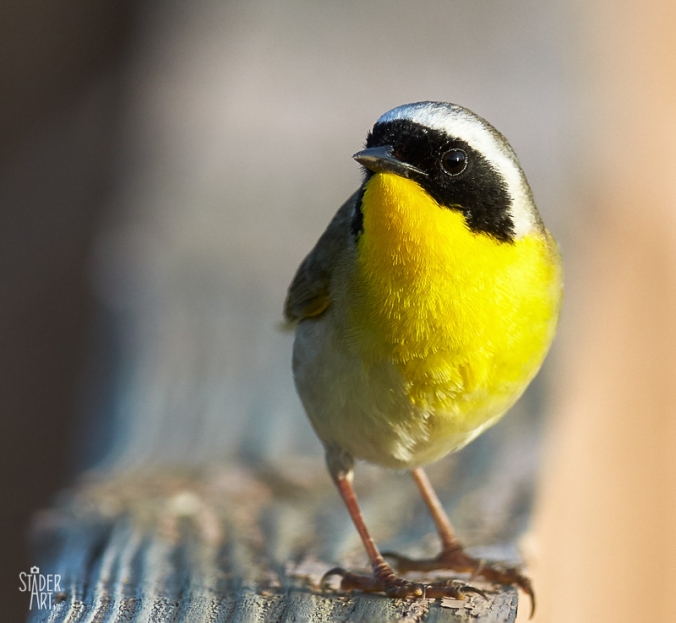




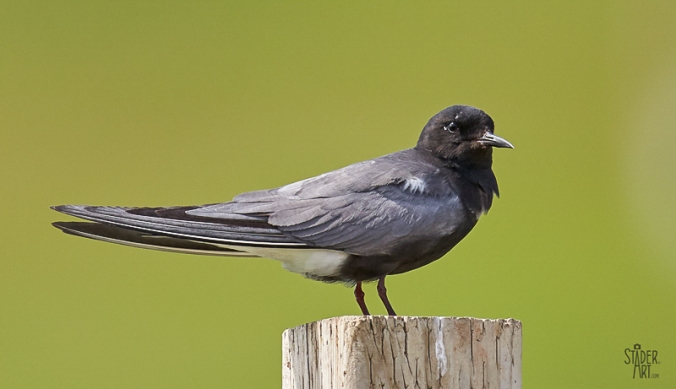
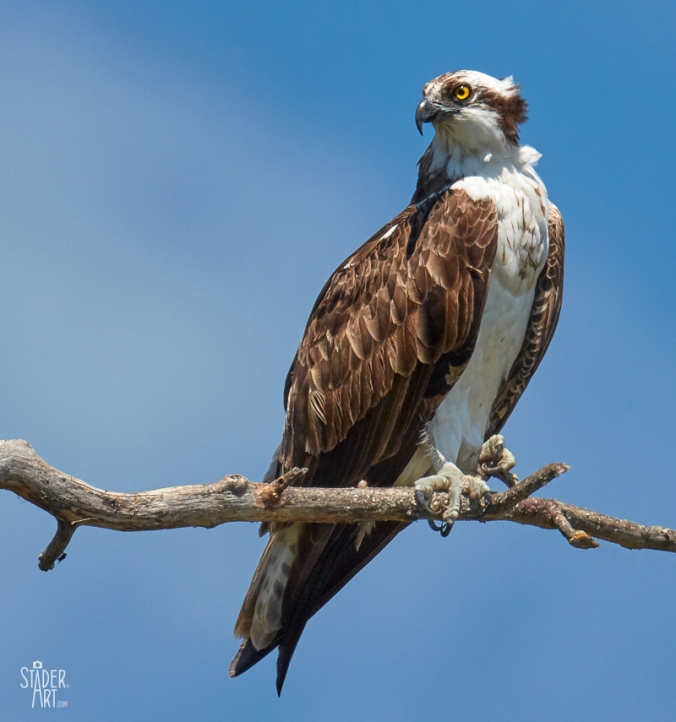
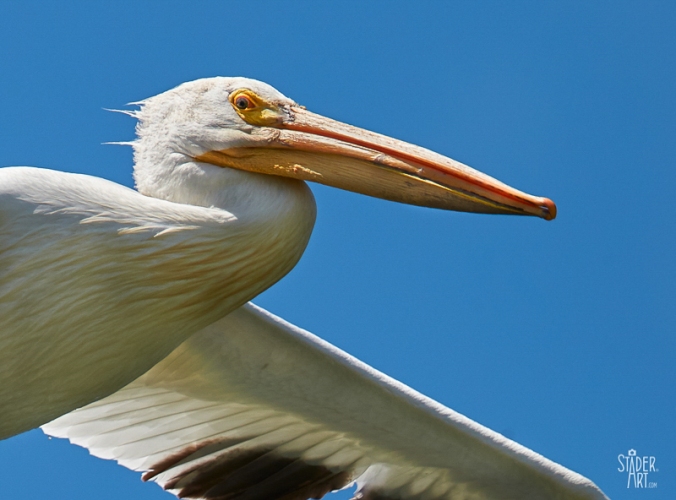


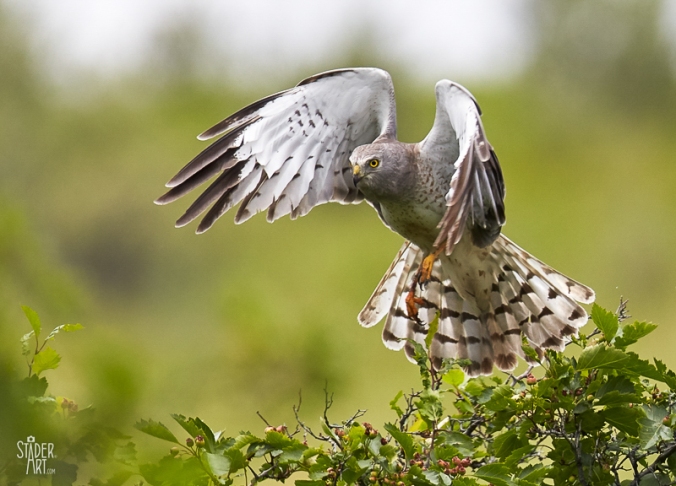
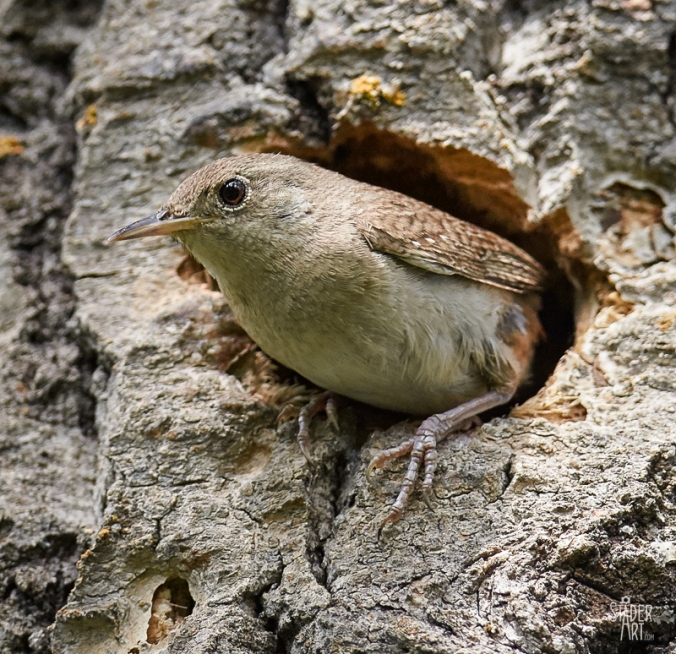
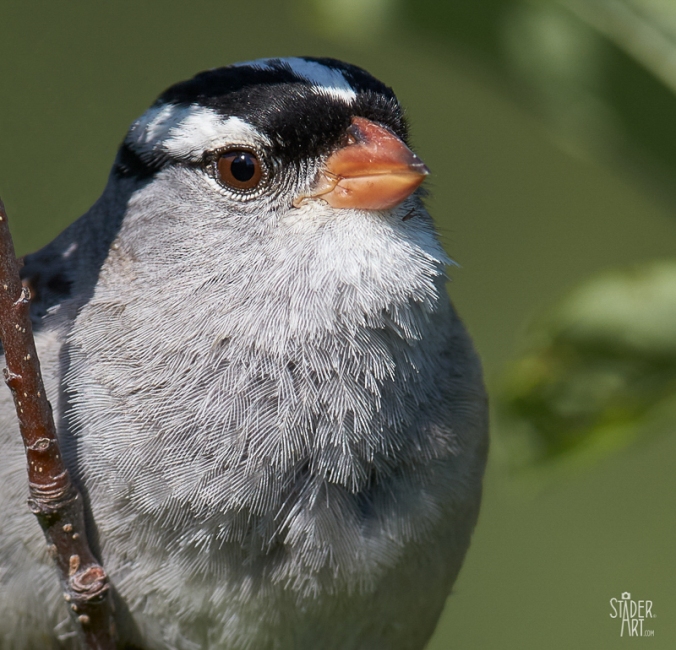


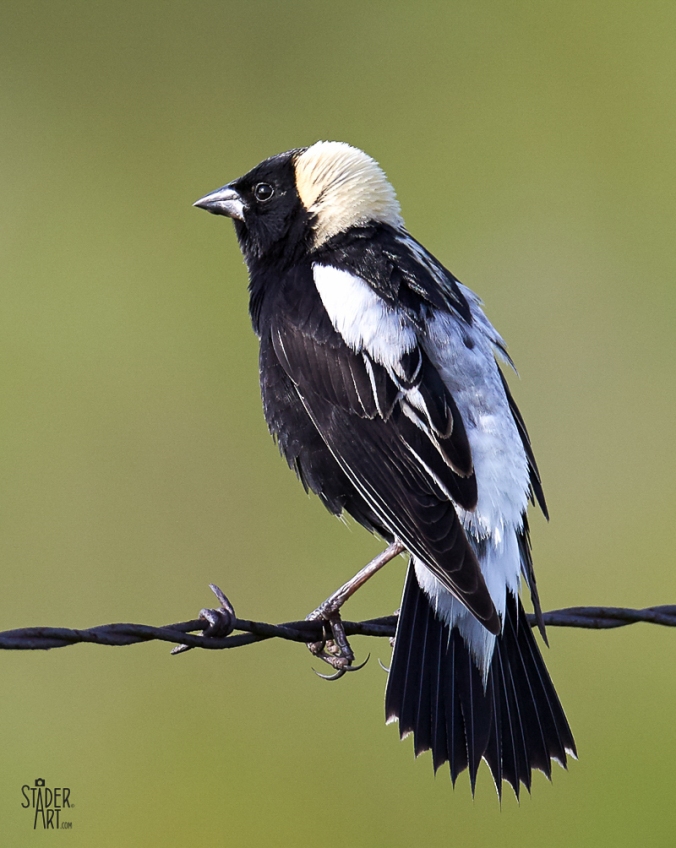
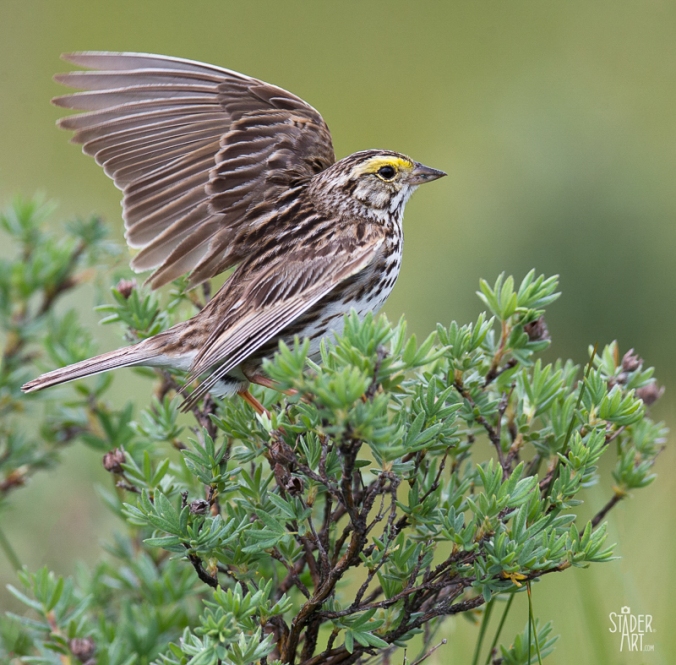
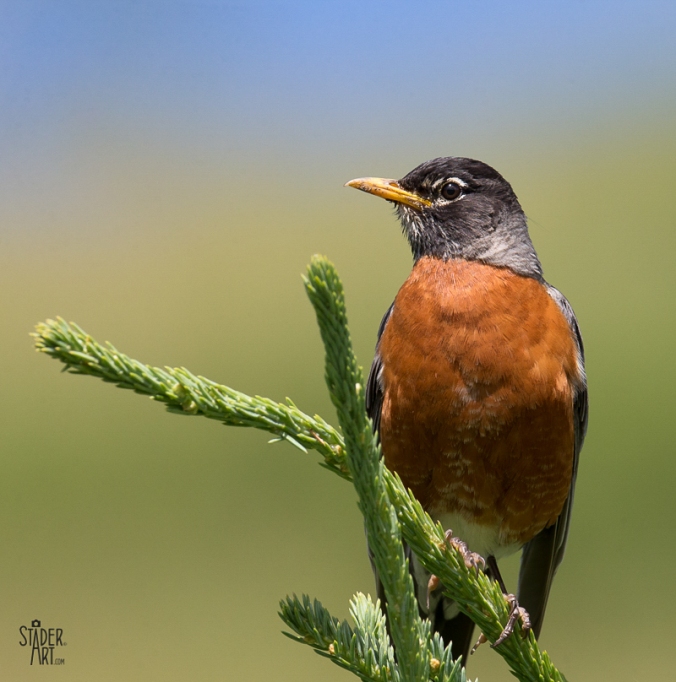


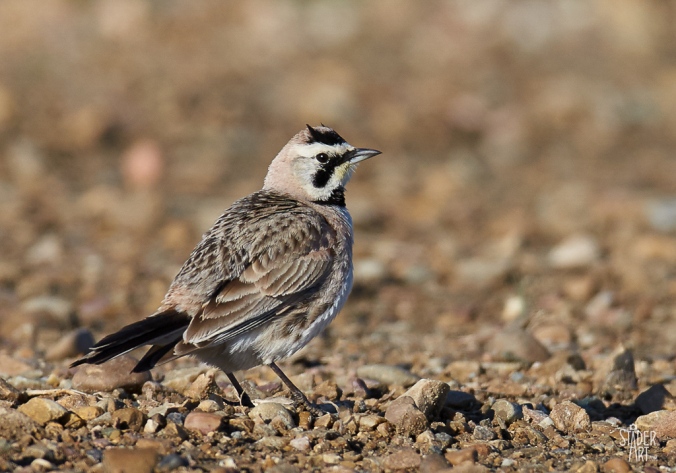
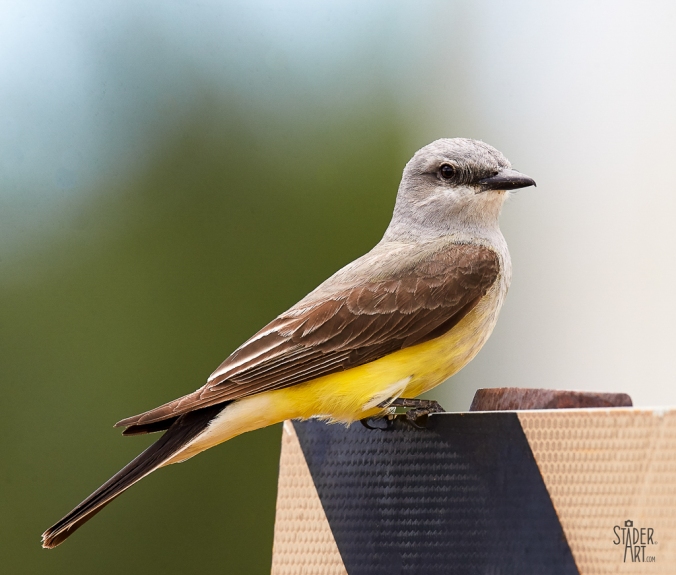

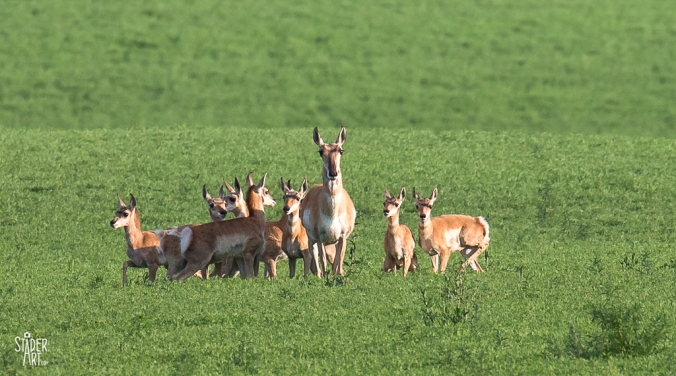
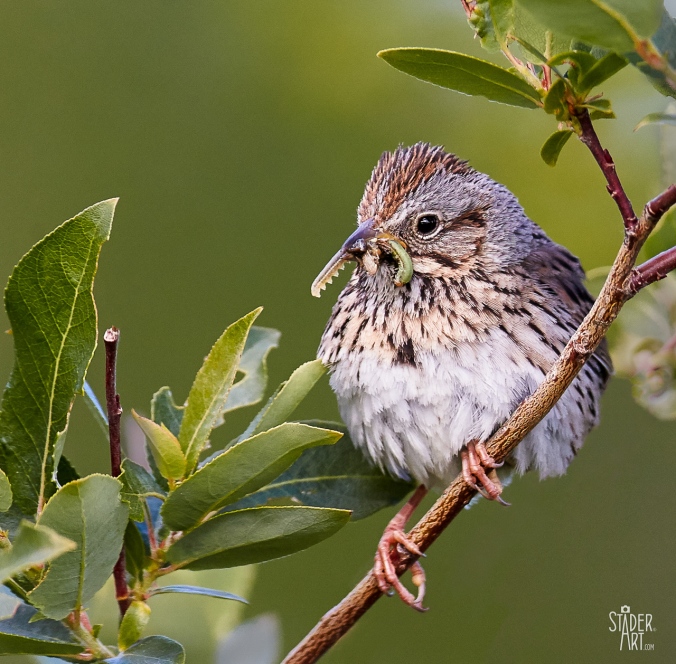

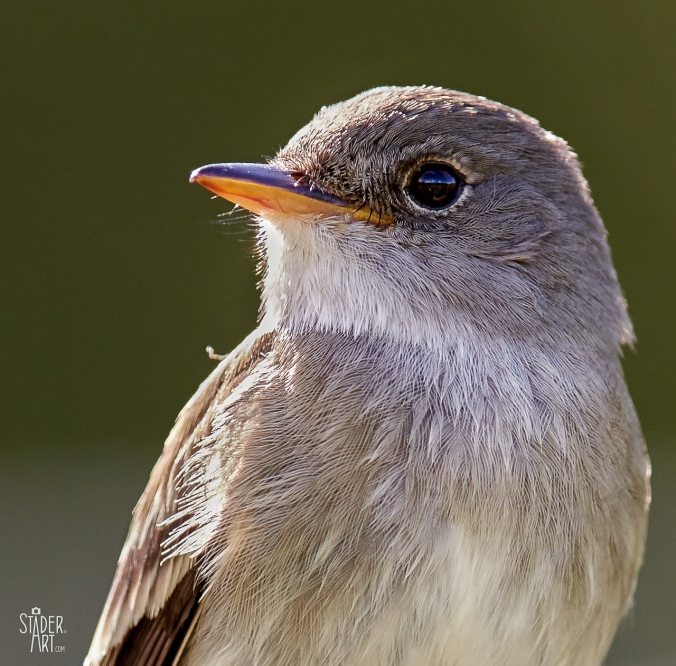

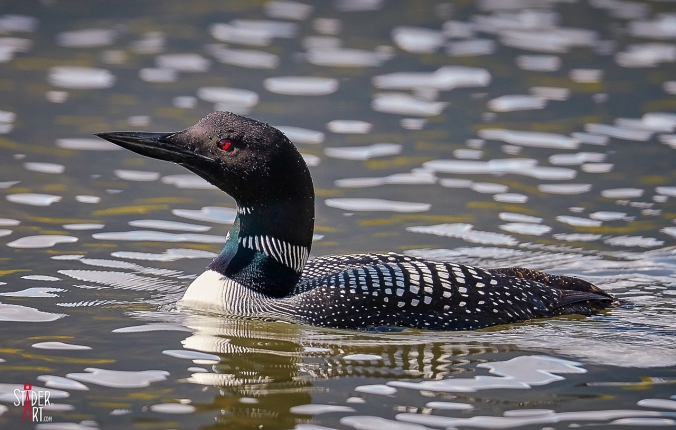 (Common Loon)
(Common Loon) (White-crowned Sparrow)
(White-crowned Sparrow)